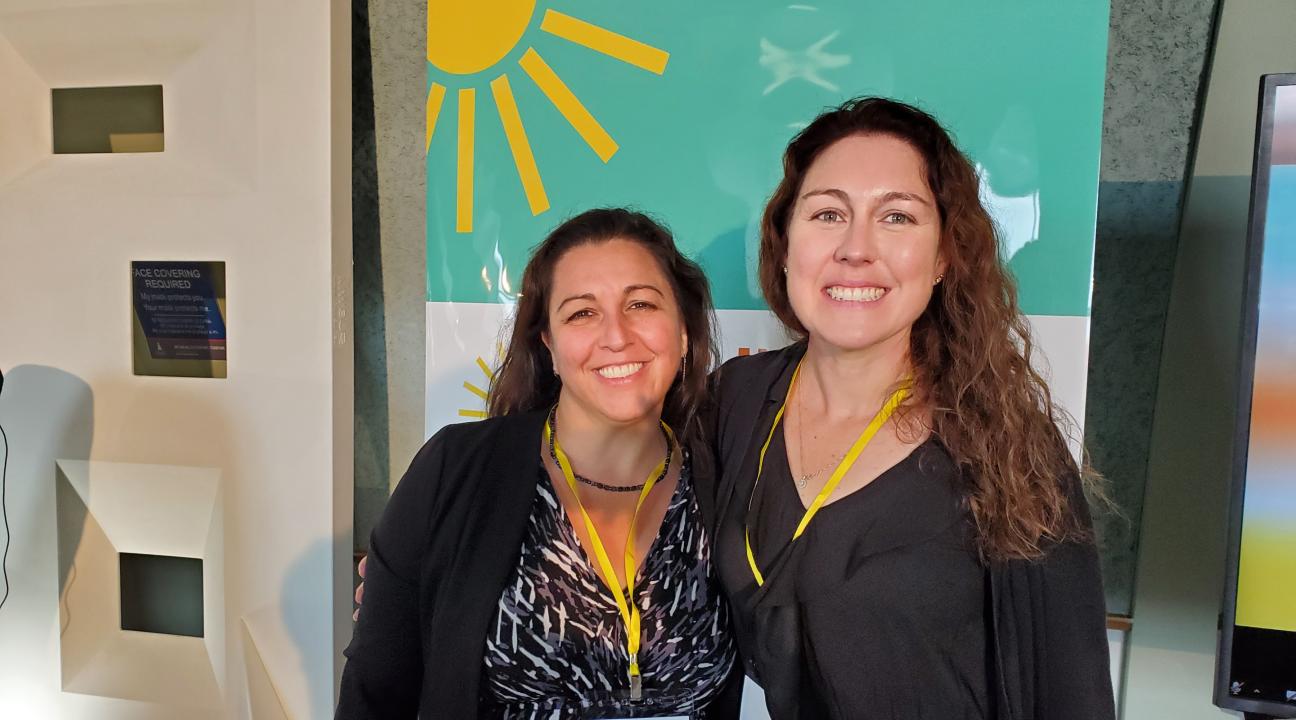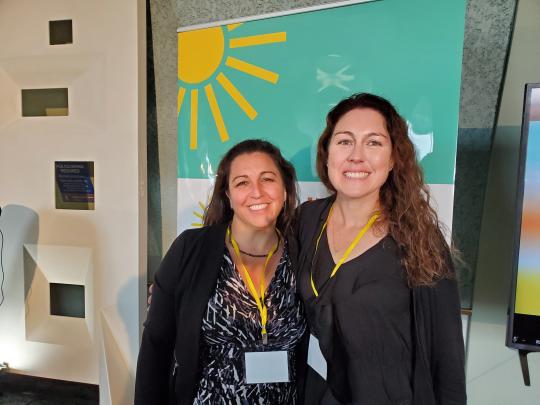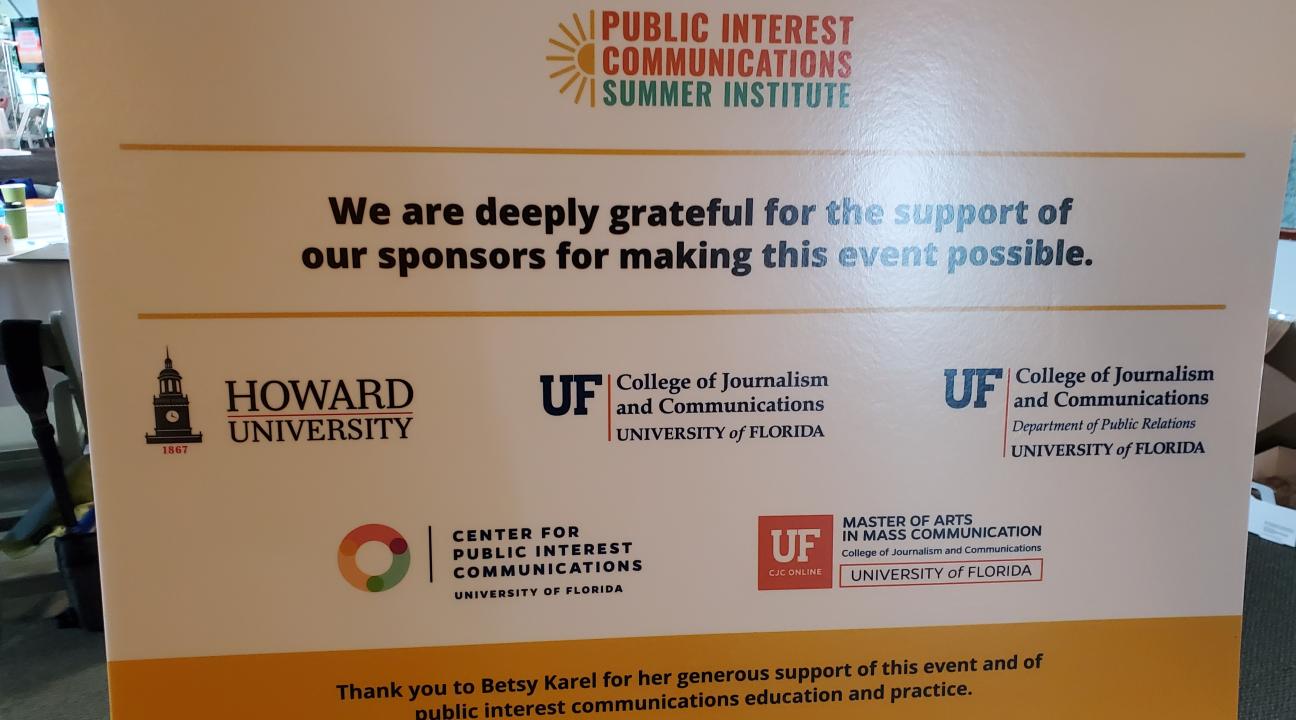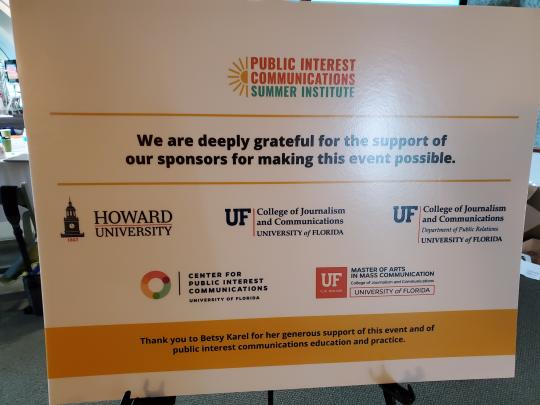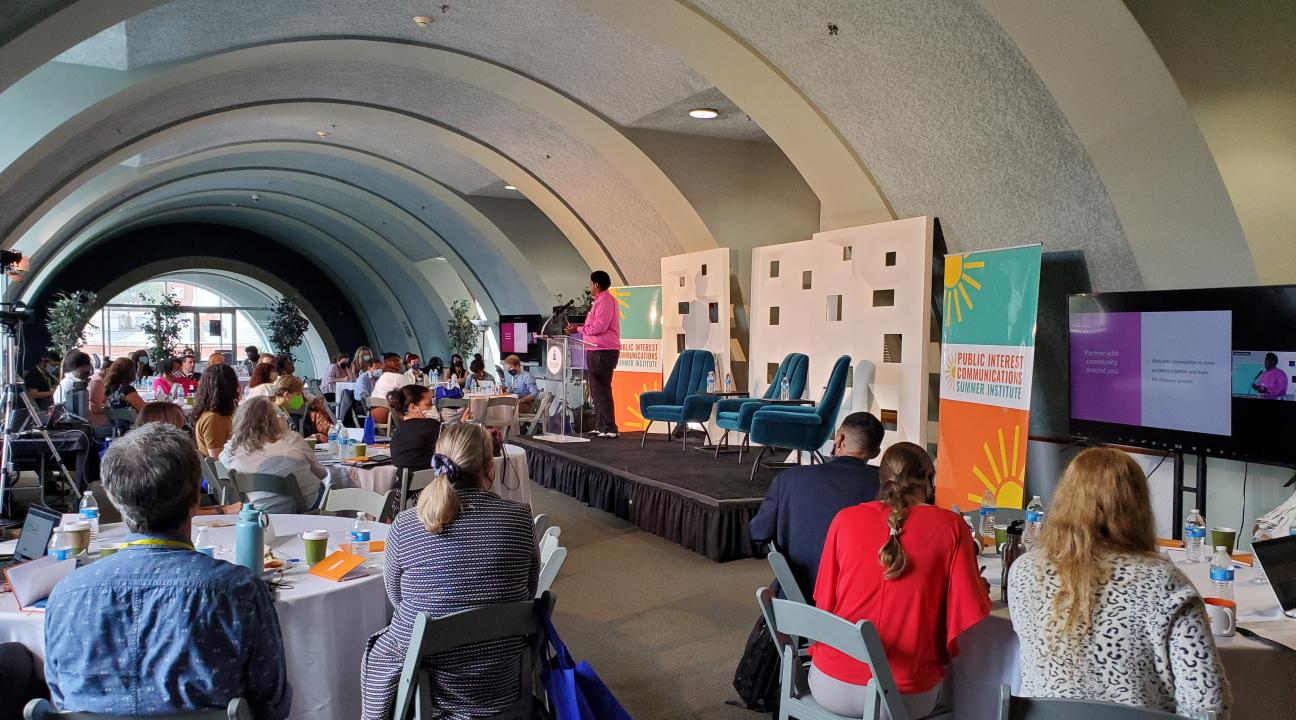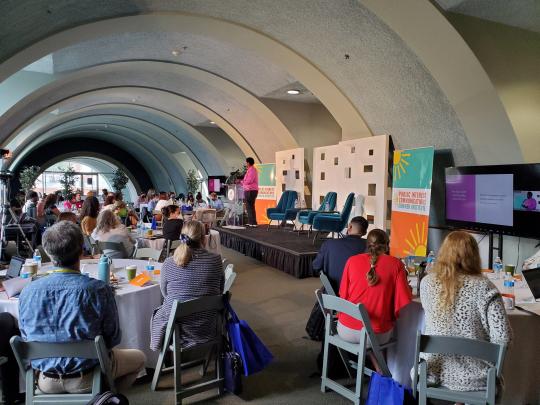Public Interest Communications and Service-Learning in Communications: Where is the overlap?
In June, I was honored to have the opportunity to attend the Public Interest Communications Summer Institute at Howard University in Washington, DC. One of the co-organizers of the PIC Summer Institute was my amazing Communication and Media Studies colleague, Dr. Gina Baleria. This event brought together strategic communication practitioners, nonprofit and foundation administrators, and college educators from across the country to discuss this emerging field. According to the Journal of Public Interest Communications, the definition of PIC is:
Public interest communications is an academic discipline that seeks to help communicators working on social, political, and environmental issues impacting society. It draws from multiple disciplines such as public relations, political science, sociology, social psychology, and marketing--among others--to conduct research that contributes to the best practices for those seeking to create positive change. It embraces all social science research methods including quantitative, qualitative, historical, critical, and legal.
When I first heard about the PIC Summer Institute, I was not sure what PIC was or whether it was a good fit for me but after doing some research and talking to the organizers, it sounded like a perfect fit for my research, experience, and the courses I teach (nearly all of my courses are taught as service-learning courses) and I could not help but see the overlap of this emerging field with service-learning and community-engaged work. According to the SSU Center for Community Engagement’s website, the definition of service-learning is: Service-learning is a pedagogy that utilizes community service projects within the context of an academic course.
Academic service-learning distinguishes itself from internships and other credit-bearing community experiences in several ways. First, the community experience is a component of an academic course, used as a "text" for student learning. Second, service-learning projects are designed in partnership with community to meet an expressed community need. Third, a structured reflection activity is utilized to help students understand how their community experiences link with the academic and civic learning objectives of the course. Both of these definitions are extremely thorough, but there are commonalities and overlap. First, both are trying to address a community need and work on a prosocial issue or social justice related-issue.
While service-learning is a pedagogy, PIC is a discipline. Both aim to bring together the community and campus in an intentional way to help solve a community issue. But, PIC has a more narrow definition in terms of the outcome-awareness is not enough, policy and behavior change is the ultimate goal with PIC. The goal is to develop changemakers who are skilled in using public relations, journalism, advertising, and media tools to help create that change. Though service-learning has longer history, PIC is more of an emerging field that is ever-evolving and changing. Service-learning and PIC can and should co-exist and be used together, particularly in Communication and Media Studies, but in other disciplines as well. Sociologists, medical professionals, psychologists, and nearly every other discipline should be taught how to strategically and intentionally communicate with the public interest in mind related to their areas of interest.
Graduates should know how to effectively integrate interpersonal, strategic, group, and organizational communication in order to make positive change in their areas. For example, a medical professional would learn how to more effectively and efficiently communicate with their patients about a public health concern. It will allow them to learn how to make positive change with patients while also learning how to effectively organize campaigns in their community for positive behavior or policy change. No matter what industry you are in, there are always things that need to change to help support community needs-that is where PIC comes in. The work that was collated from the PIC Summer Institute was put into a Wiki to share knowledge with outside constituencies. I look forward to engaging with this emerging field more and exploring how my work at Sonoma State University, especially service-learning, can and should implement PIC.
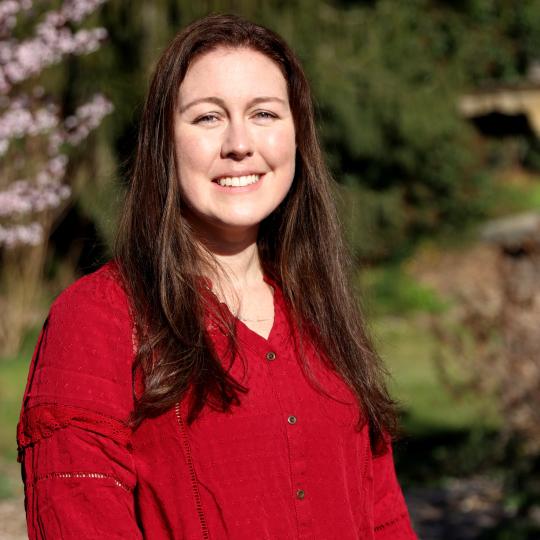
Author: Emily Acosta Lewis


